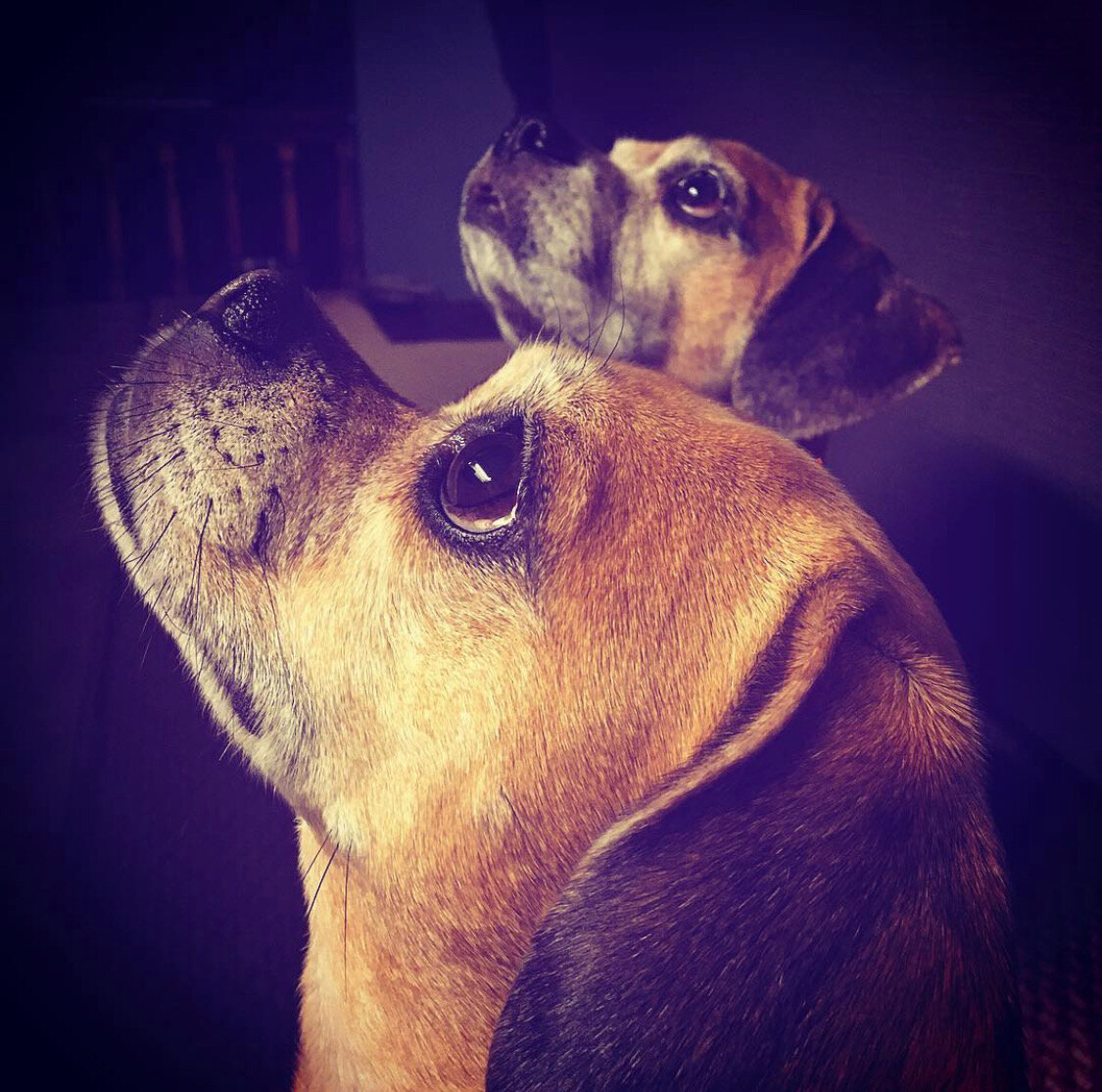What is your name?
Dave DiMarchi
Where are you from?
I grew up in Northern New Jersey, and now live with my partner and our two dogs in New Hope, Pennsylvania.
What is the name of your studio and how did you come up with that name?
My studio is 9INHANDPRESS, based in New Hope. Originally No Name Press right out of college (because I’d forgotten I needed a press name for a book arts assignment), 9INHANDPRESS evolved from a childhood tendency of carrying around nine of things—crayons, Legos—that felt fitting for a printmaking and educational practice that so often requires multiple identical tools in the exercise of creating multiples.
Who are your favorite printmakers/biggest inspirations?
My printmaking practice is largely experimental—finding ways to ever-expand my abilities to bring new skills and techniques to students; my biggest inspirations have principally been both celebrated printmakers AND educators: chief among them Shelley Thorstensen (who I had the pleasure of learning from in my undergrad). As far as work that I love to look at (and often look at when I’m in a creative funk)? The print works of Hayter, Frankenthaler, Puryear, Amos Kennedy Jr., Eric Avery (an artist I’ve also had the pleasure of working with), Sr. Corita Kent, Jim Dine, and I might be pilloried if, as an avid screen printer, I didn’t say Andy Warhol.
What was your first job as an artist?
In high school, I did a fair amount of illustrations for our school newspaper, The Ramapo Rampage, and had a significantly artful way of rolling burritos at my restaurant job. Does that count? As far as the first paid job—it was here, in 2009 when I volunteered at The Printmaking Center of New Jersey and slowly evolved from studio volunteer, to for-hire technical assistance and contract work, to Studio Manager and Educator.
Where did you discover printmaking and how did you get into it?
I have distinct memories of doing some really basic printmaking in middle and high school—some relief printing and Thermofax screen printing—but fell in love with printmaking in college. I’ve never been much of a painter or sculptor—printmaking and book art came naturally to me; the smell of ink, the softness of paper, the repetition of processes all continue to feel very comfortable.
How did you come up with your non-traditional techniques?
A bulk of my personal practice is the exploration of technique—and pushing it beyond what I already know. I tend to do a lot of reading and research on nontraditional printmaking (and am thankful for social media and like-minded artists pushing the limits of print), and a lot of failing up—making mistakes and corrections in an endless loop. While my flat files tend not to fill up with my own work, I’m collecting skills, techniques and processes that I can translate to classes and workshops, giving students new ways of thinking about print and book art practices.
What is one tool you could not create without?
Fine point Sharpies and scrap paper. (Yes, I know that’s two—forgive me!)
What is your biggest rule in the print shop?
“Try it!” As an instructor, I’m too often asked “what would happen if I ______?” As long as they answer isn’t “you’re going to break yourself or the press”, I always encourage students to try it. So much can happen unexpectedly as you lift your sheet off of the press. Printmaking doesn’t have to be this precious medium; it is one of the few art-making processes that allows for this kind of spontaneous experimentation and path-following.
Tell us about your Print Exchange, how it came about and future plans.
The 9INHANDPRESS International Print Exchange has been built on the backs of generations of printmakers and print studios seeking to achieve the same goal: how can we get our work into as many hands as possible, further strengthening the worldwide community of printmakers. In its fifth year, the Exchange has engaged some 250+ student, novice, emerging,and established artists from around the globe in a diversity of techniques and with a huge variety of voices. The Exchange dovetails with 9INHANDPRESS’ goal of supporting the democracy of printmaking: that anyone can make prints and everyone should have access to prints. The future will see a continuation of the exchange (the 2020/2021 Exchange will be announced in late August!), hoping to engage even more artists globally. Exhibitions of the work continue to be planned post-pandemic. To see works from past years’ exchanges, visit 9inhandpress.com.
Talk about Levittown, LGBTQ+ issues, and how you are addressing that with your work.
Until recently, I would have never considered my art “queer” or “overtly political”. After all, most “queer art” is imagery of muscled, white men in various states of undress and most contemporary “political” art is reactive and/or protest art. (There is nothing wrong with either of these ways of making art—I just wasn't making art like that.) However, in a longer conversation among a group of queer printmakers, we’d tackled the idea that just being queer makes our art queer: the act of creating art as a queer person inherently makes our art queer art. While I don’t tackle traditional queer imagery and don’t often talk about my personal narrative in my work, living as an out queer male artist means I cannot shirk the responsibilities that come with that mantle—in how I make art, in how I teach and in how I engage with other artists. It also means I have the responsibility (especially as a white queer male artist) to highlight the voices of Black, Indigenous, and artists of Color who are often overlooked in the larger art community.
And the notion that art doesn’t have to be political? All art-making is a political practice—even if you’re choosing to only print flowers or cats (and I love prints of flowers and cats!).
How did you fall in love with book arts?
How could I not?! There’s such a lovely interplay between print and book arts that seamlessly allows artists to jump between the two. I’m also someone who loves repetitive process, intricate techniques and monotonous tasks: everything book arts has to offer. There’s also something really beautiful about thinking through sequential works —whether visual or written—that can create a accomplishing sense of “wow! I made that!” when you’ve pushed through the variety of stumbling blocks book arts throws at you.
How have you built your home studio, and do you have any advice to empower other artists to have their own studios?
Until my partner and I landed in our current home, my studio was built to be nomadic—what could I fit in the back of my car while still being able to teach and maintain some semblance of an art-making practice. Since settling in New Hope (and growing my educational offerings), my studio has needed to serve a multitude of functions: screen printing space, etching space, clean book arts space, material preparation space, print/tool/material storage, guest room, one-on-one teaching space —and most recently office space for virtual teaching; all in a 12’x10’ footprint. Organization has been key—tools I need often are within arm’s reach, storage is labeled neatly stacked, lighting is ample and can be relocated and everything (except for my flat flies, because I’m tired of moving them) is movable within the space. Having a designated studio space in my home has been a game-changer. While it was always easy enough to work at the kitchen table, the trouble comes when it's time to eat dinner—the studio/office/guest room gives me a space that doesn’t always need to be photo-ready or vacuumed. It also helps keep dog hair out of all my prints!
Though A studio is, in the end, just a space. An art-making practice shouldn’t be defined to a few tables and walls.
How has this pandemic changed and current events changed your life as an artist? What has stayed the same?
I’d love to say that this pandemic and current events have given me the time to focus on making work and allowed me to dive into my studio. It hasn’t. What it has done is given me perspective on the kind of work I make (and that which I want to make), and how I can use print and print education to empower other artists. I’ve been doing the work to understand how I can lend my voice (and my work) to larger cultural and political issues—and I envision a bigger directional change for 9INHANDPRESS in the near future—I’m just trying to navigate how to get there.
What has stayed the same? I’m still not great about cleaning up after myself—there’s a reason my studio has a door on it.
And lastly, which one's the naughty Puggle?
Delilah is definitely the brains of the operation in our house. Stanley is just dumb enough to unwittingly get roped into her schemes though.
To learn more about 9INHANDPRESS, visit:
Interview by Rachel Heberling, and edited by Hugo Gatica, June 2020




